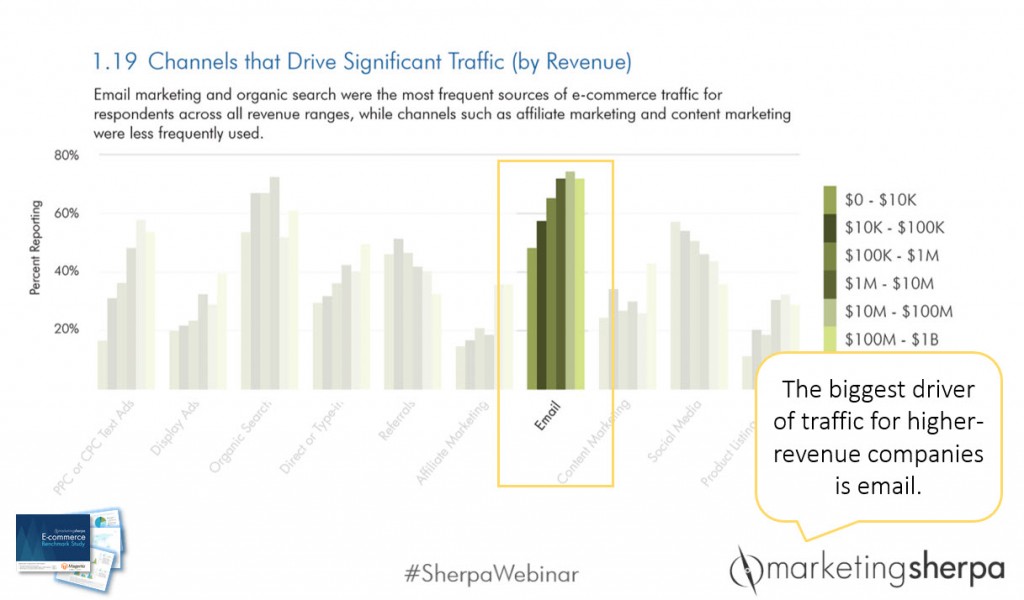Ecommerce: User-generated content, video marketing and other lessons from IRCE 2014
How can you attract more traffic to your ecommerce store? How can you improve conversion on the traffic you’re currently getting? At IRCE (Internet Retailer Conference + Exhibition) 2014, we sat down with 39 marketers and ecommerce experts to bring you actionable ideas to improve your results.
To help you prepare for IRCE 2015, today on the MarketingSherpa blog I’m taking a look back at a few of the key lessons I learned from the interviews at last year’s event.
Lesson #1: User-generated content is not free labor for marketers
User-generated content. Community-sourced content. It’s been called many things, but brands have found success by encouraging customers to create their own content and share it with their peers.
No site has been better at this than Wikipedia, which refers to the practice as collaborative writing by volunteers. “The free encyclopedia that anyone can edit” gets the sixth most traffic in the world, according to Alexa.
I asked Jimmy Wales, CEO and Founder, Wikipedia, what advice he would give to marketers looking to engage their audience to create content.
Jimmy likened the typical approach of crowdsourcing to, “It’s sort of like if you opened up a bowling alley and you said, ‘Gee, we’ve got all this bowling to be done. How are we going to trick people into bowling for us.’ Instead you say, ‘Well, wait. What do people want? They want leisure time activity, beer and a hot dog. They want it to be family friendly. They’d like to have a league so they can compete with other teams and so on.’ So you think, ‘What’s the infrastructure we can build here? We’ll offer a bowling league, we’ll make sure there’s hot dogs and beer.’ And people will come, because you’re thinking about what they need first.”
“Don’t think about the work you would like people to do. Think about what it is people want to do and how you can empower them to do that,” Jimmy advised.











